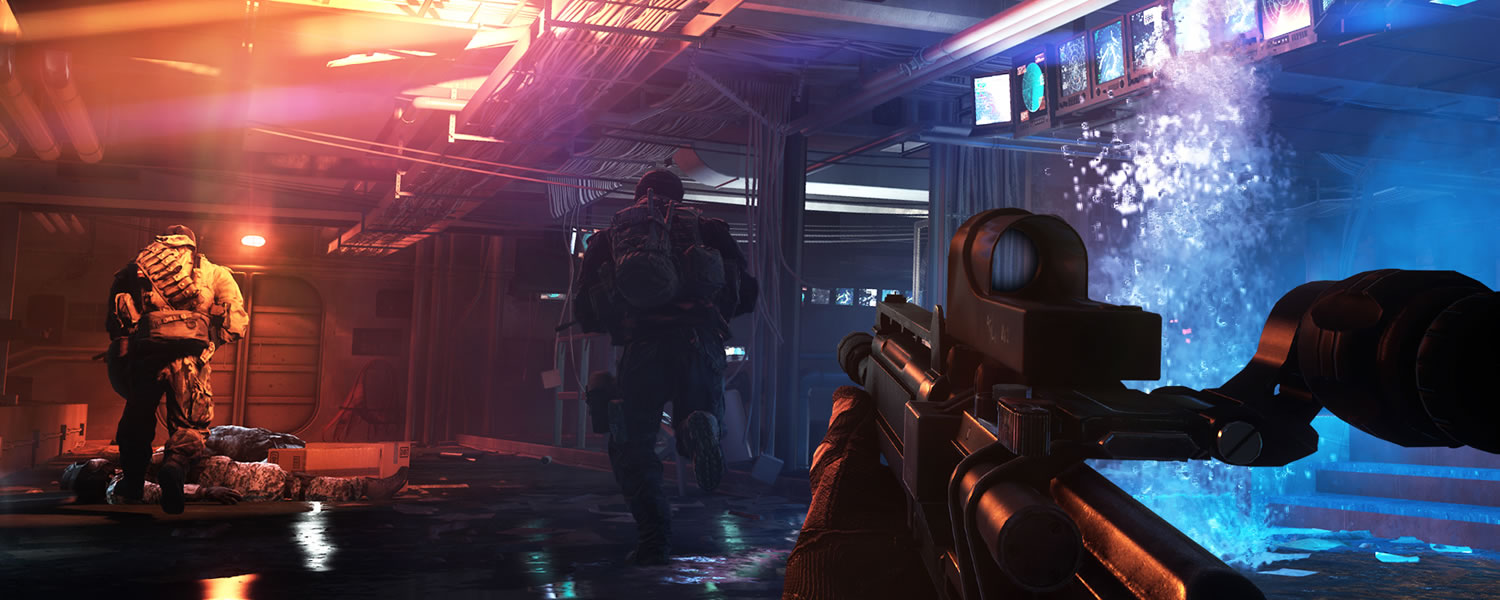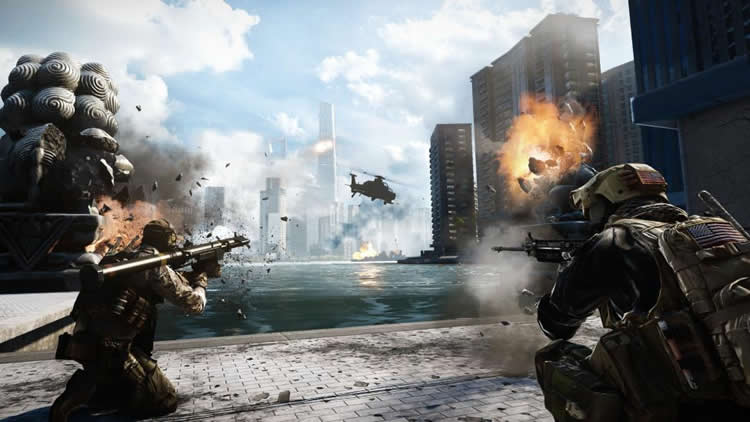With roots that stretch back more than a decade and enough fans to justify new content every year, Battlefield is among the handful of franchises that needs no introduction around here. Even if you hate EA's approach modern military madness, you can typically expect Battlefield's graphics to raise the bar. This year's release is no different, of course, having been built with an updated version of the Frostbite engine.
Frostbite 3 enables more realistic environments with higher resolution textures and particle effects. Part of this includes a "networked" water system that ensures all players in a game see the same wave at the same time. Beyond the networking voodoo happening behind the scenes, Battlefield 4's waves are an incredible spectacle. Water battles in small vessels are exciting as your vision can be blocked by passing waves.
DICE also says it has overhauled the engine's Tessellation support to enable greater realism, including improved destruction. In short, watching HD YouTube videos doesn't do any justice to the beauty of BF4's graphics, which may just be the best we've ever seen. Regardless, there's no doubting that Frostbite 3 is on the cutting edge of engines and it's more apparent than ever that the next generation is here...
As usual this article is all about testing PC hardware performance, particularly on the graphics front at different resolutions and settings to give you a perspective of what to expect with your own hardware, or if you're looking for a new GPU, here's a guide of what to buy based on the games you like to play the most.
For a review of Battlefield 4's gameplay, you can go here for that.
Testing Methodology
We tested the single player portion of the game to ensure consistent results – something we simply can't do with others. We'd need a bunch players to participate in simulating a multiplayer environment for the benchmark and they'd all have to perform the same exact actions hundreds of times. We could have tested a multiplayer map by ourselves, but that would have likely been less demanding than single player.
We settled on the start of the fourth mission (titled "Singapore") which begins on the US vessel Valkyrie as the team walks to an inflatable rib where they have a brief discussion and then jump in before being lowered down. Although the test takes place in the Valkyrie's launch bay, the scene seems to use a lot of GPU and CPU power. There is heavy use of DoF (Depth of Field) here so perhaps that is what taxes the GPU.
|
|




